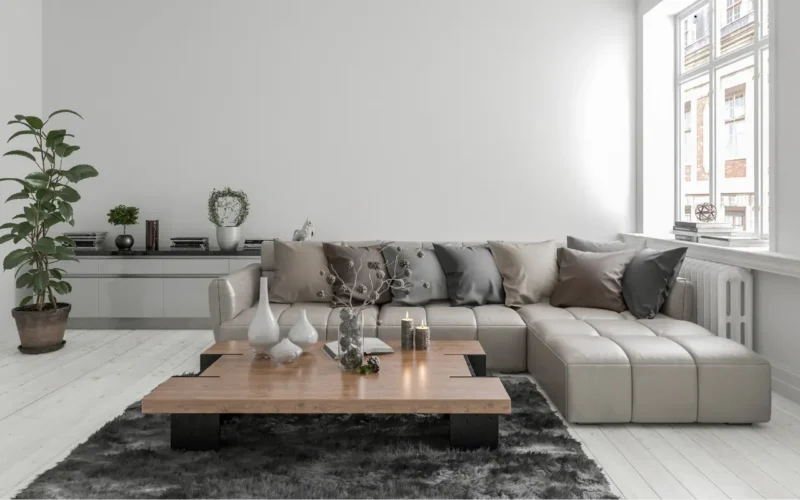Modular design has been revolutionising the way we approach renovations, offering homeowners and businesses quick, cost-effective, and stylish solutions. With a focus on flexibility and sustainability, this design methodology is transforming spaces across Australia and meeting the demand for modern, adaptable living and working environments.
The Rise of Modular Design
The popularity of modular design stems from its efficiency and versatility. By utilising pre-fabricated modules that can be customised to fit specific needs, projects can be completed faster than traditional renovation methods. This approach significantly reduces the time spent on-site, minimising disruptions and often leading to substantial cost savings. It’s no surprise that modular solutions are gaining traction in both residential and commercial sectors.
Key Trends Driving Modular Design
- Sustainability as a Priority: Sustainability is at the forefront of modern modular design. Many modular components are made from eco-friendly or recycled materials, contributing to reduced waste and a smaller carbon footprint. Additionally, the precision manufacturing process ensures minimal material wastage compared to traditional construction techniques.
- Smart Technology Integration: Smart technology is becoming a staple in modular renovations. From pre-wired smart lighting systems to integrated home automation features, modular designs are equipped to meet the growing demand for tech-enabled living. These solutions not only enhance convenience but also add long-term value to properties.
- Multi-Functional Spaces: As homes and offices increasingly serve multiple purposes, modular design is enabling the creation of versatile spaces. Clever configurations and modular components allow rooms to be easily transformed, maximising utility without compromising on aesthetics. For example, incorporating solutions from Adaptive Furniture can seamlessly merge functionality with style.
- Customisable Aesthetics: Modular doesn’t mean generic – advances in design and manufacturing now allow for highly customised finishes and styles. From sleek minimalist looks to warm, earthy tones, modular components can be tailored to reflect individual preferences or branding requirements, ensuring a unique outcome for every project.
- Faster Turnarounds with Prefabrication: The speed of modular renovations is a significant advantage. Prefabricated modules are built off-site in controlled environments, enabling construction to proceed simultaneously with on-site preparations. This parallel process dramatically shortens project timelines without compromising on quality.
Why Choose Modular Design for Your Next Renovation?
Modular design offers a blend of efficiency, flexibility, and modernity that’s hard to beat. Whether you’re a homeowner looking to upgrade your space or a business needing a quick turnaround, modular solutions can provide a hassle-free experience with stunning results. Moreover, as technology and sustainability continue to shape the industry, modular renovations are well-positioned to remain at the cutting edge of design innovation. By embracing this trend, you’re not just investing in a renovation but also in the future of adaptable, efficient living and working spaces.
Final Thoughts
Trends in modular design are reshaping the renovation landscape in Australia, offering exciting possibilities for those seeking quick and efficient upgrades. Whether it’s incorporating eco-friendly materials, leveraging smart technology, or enhancing versatility with products like adaptive furniture, modular design is proving to be a game-changer.
If you’re planning a renovation, exploring modular options could be the key to achieving your goals with minimal hassle and maximum impact.
FURTHER READING










